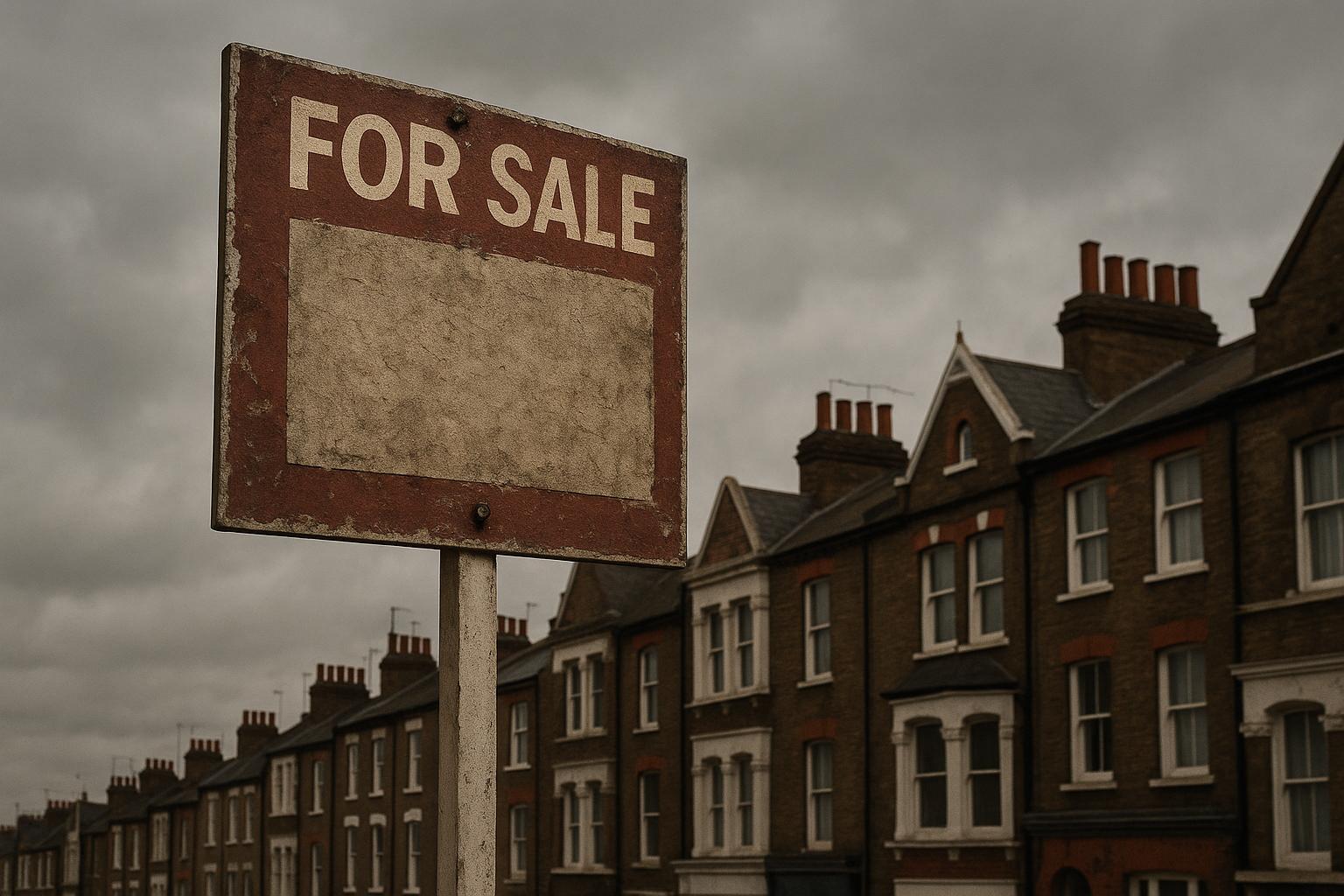Annual house price and rental growth in the UK continue to decelerate, exacerbating affordability challenges for many households, according to recent official data. The Office for National Statistics (ONS) reported that in the 12 months leading to July 2025, the average UK house price increased by 2.8 per cent, a notable slowdown from the 3.6 per cent growth recorded in the prior year. This has brought the average property value across the UK to approximately £270,000.
Regionally, the data revealed diverse trends. England saw a 2.7 per cent annual increase to £292,000, with the North East leading the growth at 7.9 per cent—its highest rate within England—while London lagged with a modest 0.7 per cent rise. Wales experienced a 2.0 per cent increase to £209,000, Scotland's average climbed by 3.3 per cent to £192,000, and Northern Ireland posted the strongest uplift at 5.5 per cent to £185,000 during the second quarter of 2025. These regional differences underscore varying market conditions across the UK.
Rents are also rising but at a slower pace. The average monthly private rent in the UK reached £1,348 in August, marking a 5.7 per cent increase over the year, down from a 5.9 per cent rise in July. In England, the average rent was £1,403, up 5.8 per cent year-on-year, while Wales and Scotland saw rents increase by 7.8 per cent and 3.5 per cent respectively. Northern Ireland continues to experience significant rental inflation as well, with rents rising by 7.2 per cent. These figures point to sustained rental pressure, although the rate of increase is tempering across most regions.
Housing market specialists highlight that the slowdown in price and rent growth reflects cooling demand amid increased affordability constraints. Richard Donnell, executive director at Zoopla, noted that weakened housing demand is dampening investment in new home building, potentially affecting long-term supply growth. This dynamic has the potential to further tighten market conditions, especially for prospective buyers and renters facing financial strain.
The broader economic context reveals persistent inflationary pressure that is influencing the housing market. The Consumer Prices Index (CPI) inflation rate remained steady at 3.8 per cent in August, the highest among major advanced economies, according to recent ONS and Reuters reports. This ongoing inflation is shaping expectations around monetary policy. Financial experts, including David Hollingworth of L&C Mortgages, anticipate the Bank of England will likely maintain the base interest rate at current levels in the near term, given the likelihood of inflation rising further before easing.
Market sentiment appears cautious. Jason Tebb, president of property platform OnTheMarket, indicated that sustained high inflation reduces the prospect of imminent interest rate cuts, while Jeremy Leaf, a North London estate agent, observed growing buyer and seller hesitancy. This is in part due to ongoing uncertainty, with many participants awaiting clearer government fiscal policy signals expected later in the year.
The affordability squeeze is keenly felt by renters. Ben Twomey, CEO of Generation Rent, lamented the widening gap between rising rents and wage growth, which he said intensifies poverty risks, homelessness, and housing insecurity. While total wage growth, including bonuses, edged up to 4.7 per cent in the quarter to July, base wage increases excluding bonuses slowed to 4.8 per cent, according to ONS figures cited by Reuters. This disparity between income and housing costs continues to challenge many households' ability to save or move into homeownership.
Some industry leaders express cautious optimism. Lee Williams of Saffron for Intermediaries and Nathan Emerson of Propertymark noted continued market momentum supported by recent base rate cuts, hoping this trend persists into the autumn. However, affordability pressures and inflation realities suggest that the UK housing market faces a complex and potentially turbulent period ahead.
📌 Reference Map:
- Paragraph 1 – [1], [4]
- Paragraph 2 – [1], [2], [7]
- Paragraph 3 – [1], [3]
- Paragraph 4 – [1]
- Paragraph 5 – [1], [5]
- Paragraph 6 – [1]
- Paragraph 7 – [1], [6]
- Paragraph 8 – [1]
Source: Noah Wire Services
